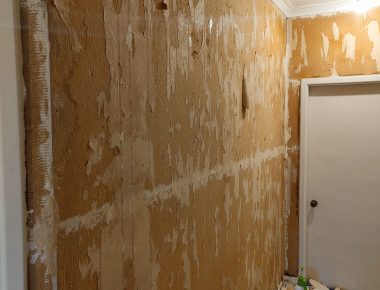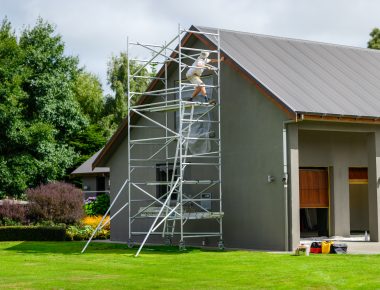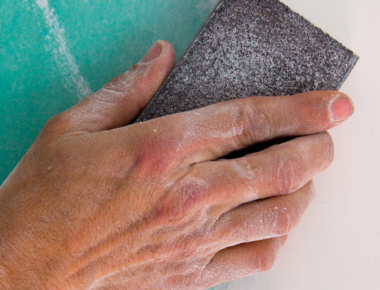Can I use Exterior Paints indoors?
Can I use Exterior Paints indoors?
If you’ve been shopping for paint before, you may have noticed that paints tend to be split into Interior and Exterior options. You might be wondering why they’re separated this way. Or you may have asked if you can use exterior paints indoors or vice versa.
The short answer is yes, you can use exterior paints inside. But we wouldn’t recommend doing that because of interior and exterior paints have different properties that make them ideal for specific uses. So what are the differences, and how much of a difference does it make?
Characteristics of both kinds of paint
All paints are comprised of the same basic ingredients:
- Pigments are the actual colouring of the paint. This is what a lot of people think of first about paint since this is where the colour comes from but the other parts are just as important.
- Resins hold the particles together and make the paint stick to the surface. Resins are why paint stays where you put it (when applied properly) instead of dripping to the floor.
- Solvent. A solvent is a liquid that other substances dissolve into. Water is the most common solvent and many paints have water as a main ingredient. Oil-based paints use oil as the solvent instead.
- Additives. These are the different “special characteristics” that can be added in. Things like resistance to mould, UV sunlight, chipping, and things like fast-drying plasticisers for flexibility.
The difference between Interior and Exterior paints is due to a difference in the amount and proportion of each of these ingredients that they use.
Interior Paints
Interior paints are designed to hold up against anything that happens in the indoors. While it might not seem like that’s much compared to dealing with the weather, a lot can happen inside.
With interior paints, you get paint that won’t smear or scuff easily. Since the paint doesn’t need to hold up against intense rain or wind battering, interior paint can use a different resin. This resin is resistant to things like scuff marks and scrubbing and intense sunlight. The adhesion is also designed so that it will stick to indoor surfaces
Exterior Paints
Exterior paints are meant to be used in the outdoors. This means they need to withstand everything the weather can throw at them. They also need to be resistant to different elements outdoors. Some of these include mould and mildew, and some even contain a mildewcide to kill off said mildew.
The adhesion in exterior paints is made to stick on outdoor substrates. It binds better to these surfaces, meaning that is will last longer in this environment. If the adhesion were to weaken, the product begins to break down, causing the colour to fade faster.
Does that mean exterior paints last longer indoors?
Not necessarily. Since exterior paint is designed for outside, its properties are too. This also means that some aspects are meant for an open space instead of an enclosed area. There are reports of people having problems when using exterior paints indoors like minor health concerns from breathing in more chemicals or even persisting odours that don’t seem to disappear.
Because of the different additives that are used in exterior paints, we don’t recommend using them indoors. Some people have used exterior paints indoors without any issues. However, the extra “protection” like UV protection won’t be of much use, and there is the chance of dealing with unpleasant issues that aren’t worth the risk.
We can help you pick the right paint for any project
As professional painters, we know all about paint and what kind will work best in different situations. Whether you need your home interior painted, the outside of your house, or even a project like a fence our sleepout, we have the right team, skills and tools for the job. Get in touch with us today to get a quote for your next project.
Updated 14 June 2024



